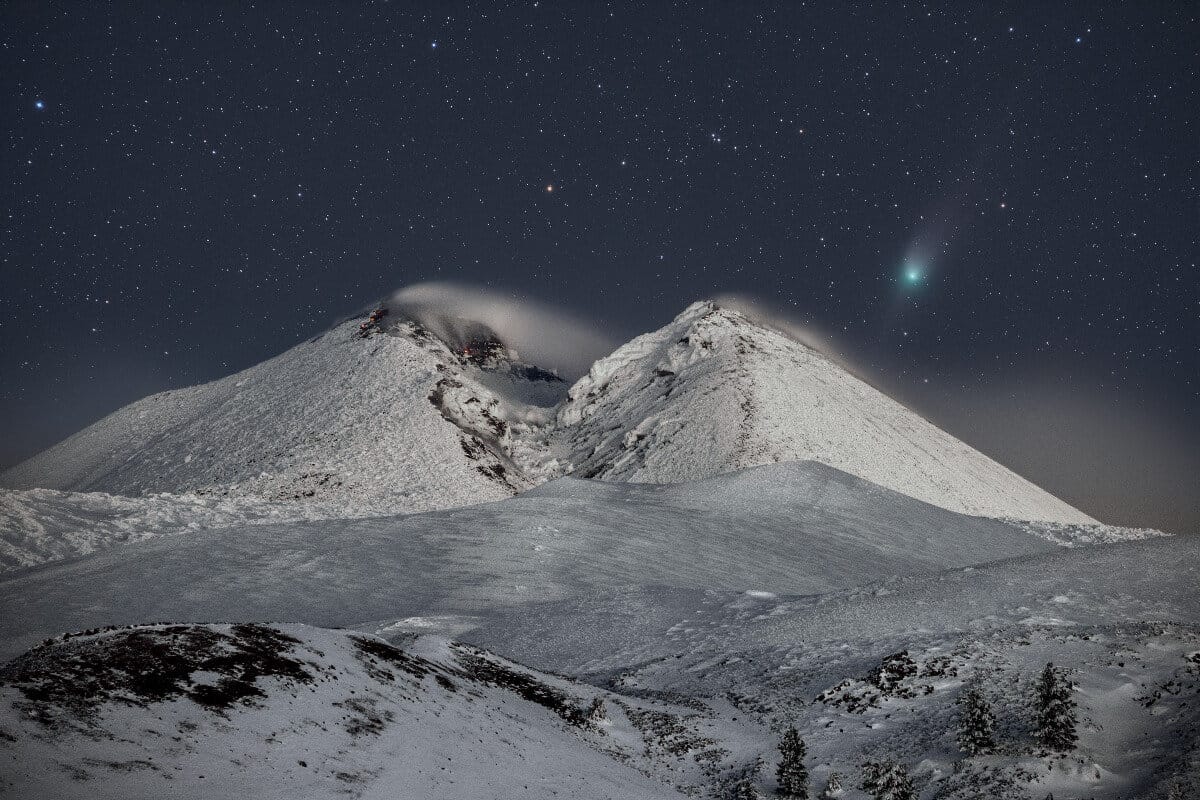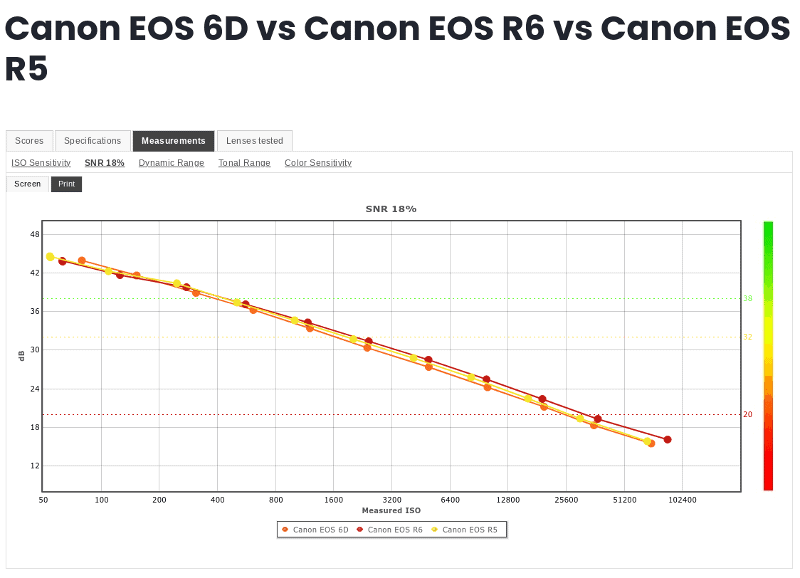In this interview, Dario Giannobile discussed his image Comet 2022 E3 Above Snowy Mount Etna which you can see above.
It was shortlisted for Astronomy Photographer of the Year in 2023. Learn all about his planning, gear, composition and processing below. Enjoy!
How Did You Plan the Shot?
The shot was planned using the Planit Pro app.
Unlike other photography apps, it allows you to view the position on the map of objects such as stars, constellations, nebulae and… comets!
It also allows you to simulate the three-dimensional view of the landscape and the position of the object in the sky.
In the days before the shoot, the weather conditions in Sicily were unfavorable with rain that turned into snowfall above the volcano.
On the evening between the 23rd and 24th of January 2023, the sky was strangely clear and I took advantage of the good visibility conditions to go to the exact spot to see the comet rise above the volcano at around 10.15 pm.
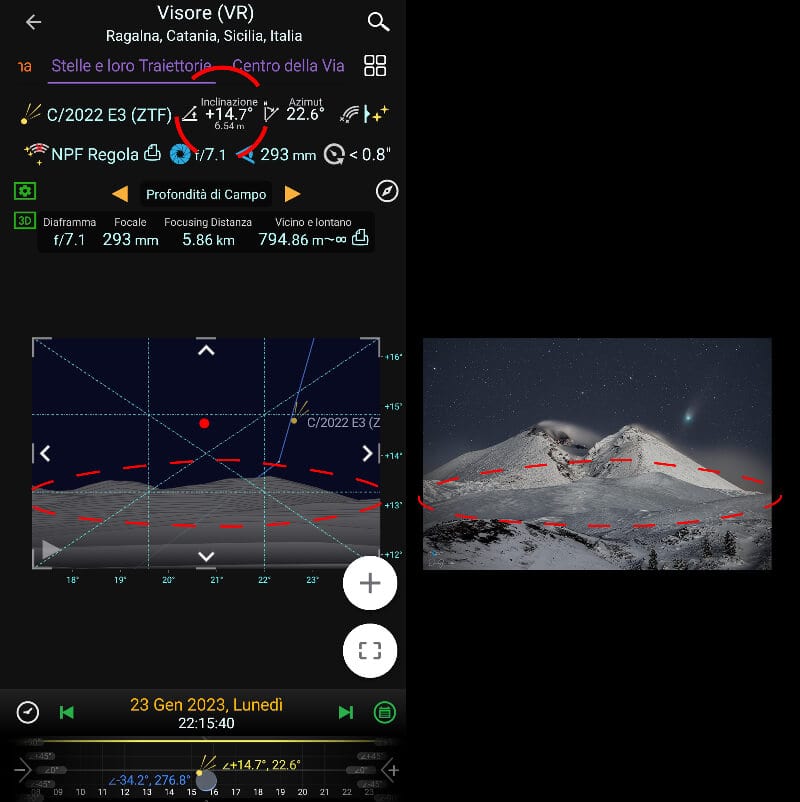
What Equipment Did You Use?
- Camera: Canon EOS 6D
- Lens: Sigma 150-600mm @ 293mm
- Tripod: Manfrotto
- Star Tracker: Fornax Lightrack II (I use this as it is able to stand the weight of my equipment without counterweights)
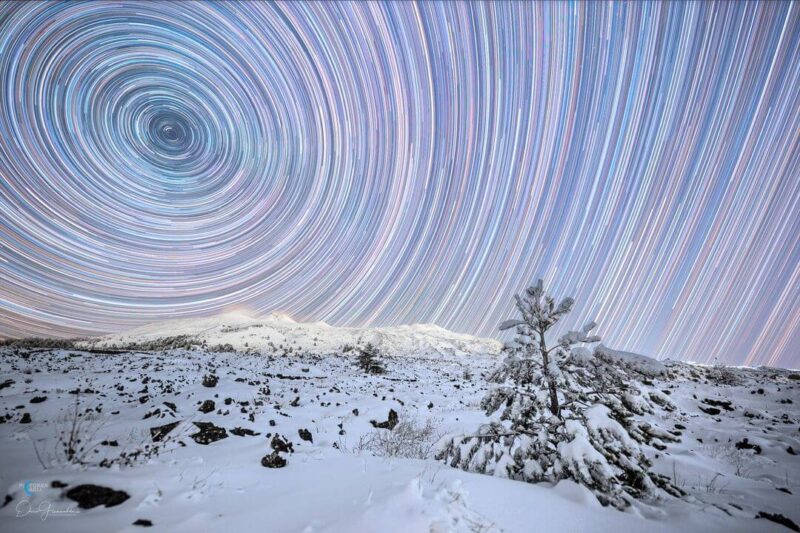
“There is no real justification to buy a new Canon EOS R6 or EOS R5 when you can spend €1000 less for the Canon EOS 6D”
Why the Canon EOS 6D? Have you considered “upgrading” to a newer model?
A good question for a simple answer – no, it’s not worth it.
This is not the first time a have such a discussion. The general understanding is that the newer the model the higher the performance at high ISO. But that’s not true.
If you check sensor performance on DXO MARK you will see that only at low ISO do new cameras have better performance in terms of dynamic range.
If you check it at high ISO there is only a slight advantage…normally less then one stop.
So there is no real justification to spend money to buy a new Canon EOS R6 or EOS R5 when you can spend 1000€ less for the Canon EOS 6D.
In my case i do not need extra pixels or video performance…and that’s it.
How Did You Compose the Shot?
- I started capturing the high quality image of the landscape then I waited for the comet to rise above the right slope of the volcano.
- To catch that moment I started shooting at very high iso but short exposure time (to avoid waiting too long to see the result).
- Once the comet was in position I switched on my astro tracker to increase the exposure time and improve the signal to noise ratio.
- The final image was the comet in the exact position before the equipment started to track it. Same position, same equipment, same night, same field of view.
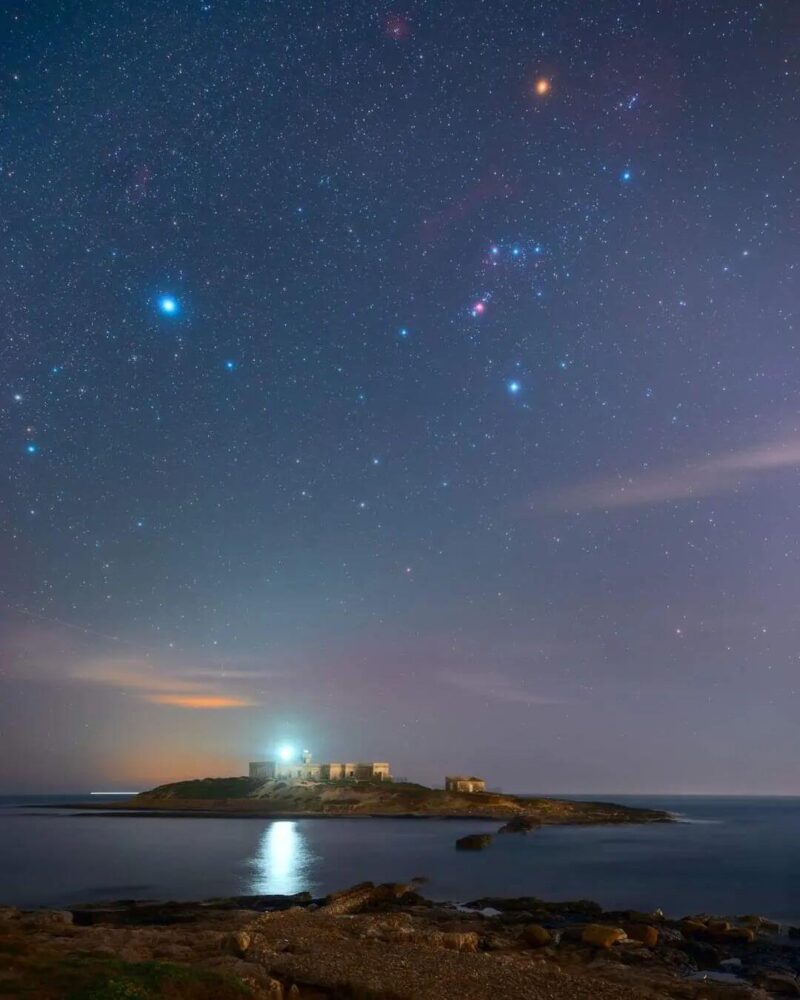
What Post-Processing Did You Do?
I just used Photoshop during my workflow:
- I aligned the sky with the stars
- Then I aligned the comet to remove the blurring related to its motion over the starry background
- Then I composed the sky with the landscape.
- After that it was only a matter of standard workflow: contrast, saturation, etc

“Go into the field and shoot without caring to obtain the best result at first attempt. Just keep on trying and the results will come.”
Can You Recommend Any Learning Resources For Other Astrophotographers?
Honestly speaking I could suggest many resources to start learning astrophotography but according to my point of view the best resource is the experience.
I always invite whoever asks me this question to go into the field and shoot without caring to obtain the best result at first attempt.
Just keep on trying and the results will come.

About You – Dario Giannobile
I am not a professional photographer, I am a chemical engineer and started this hobby 9 years ago more or less.
I had the opportunity to obtain different important results but I prefer to suggest people to have a look at my photos instead and the stories behind them.
I have a website where everything is well organized: dariogiannobile.com
Those who prefer the socials can find me here:
You can read more here about Comet C/2022 E3 (ZTF).


